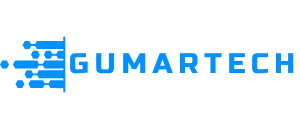Email Copywriting Techniques for Better Engagement
In an increasingly digital world, email copywriting techniques for better engagement have become paramount. As businesses strive to connect with their audience amidst a flood of information, mastering the art of crafting engaging emails is essential. This comprehensive guide delves deep into effective strategies that can unlock the secrets to email success, transforming your campaigns into powerful tools for communication and conversion.
Why Email Engagement Matters
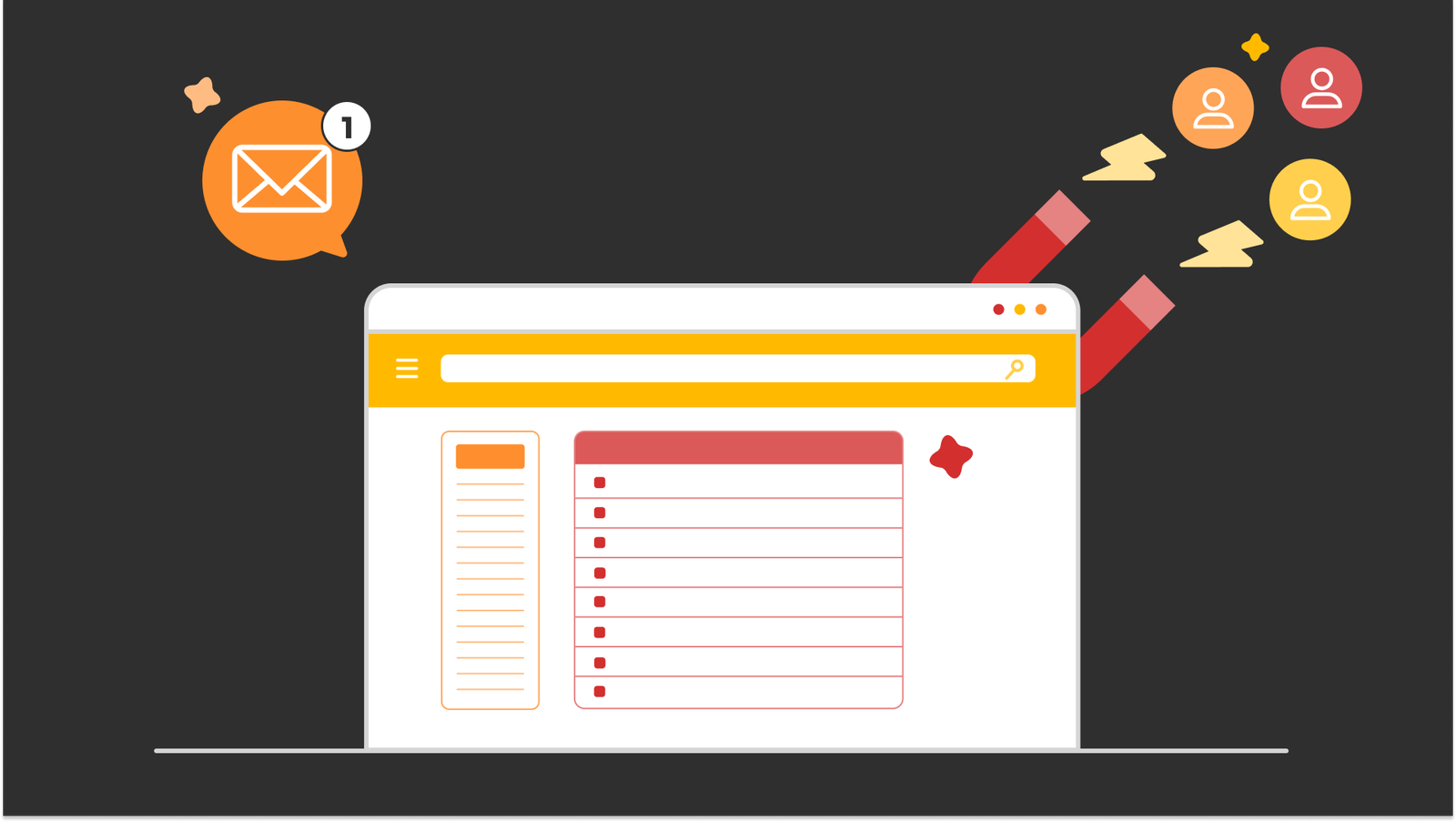
When considering the landscape of modern marketing, email remains a cornerstone. Despite the advent of social media and instant messaging, email continues to be one of the most direct and personal methods of communication with customers. Understanding why email engagement matters is critical to developing effective strategies.
The Role of Email in Modern Digital Marketing

Email is not just a tool for sending messages; it is a direct line to consumers who have expressed interest in your brand. In contrast to other forms of marketing, email allows for personalized communication that can foster deeper relationships with your audience.
Every time you send an email, you’re essentially knocking on the door of your subscribers, offering them valuable content, promotions, or updates. The key to successful email marketing lies in the ability to engage effectively. High engagement rates indicate to email service providers that your messages are relevant, which can result in better deliverability rates, ensuring your emails land in the inbox rather than the spam folder.
Furthermore, email campaigns can be meticulously tailored to target specific segments of your audience, allowing for more relevant messaging. This personalization not only increases open rates but also enhances the overall customer experience.
Key Metrics: Open Rates vs. Click-Through Rates

Understanding your email metrics is crucial to gauging engagement. Two primary metrics define the success of email campaigns: open rates and click-through rates (CTR).
Open rates indicate the percentage of recipients who opened your email, reflecting how compelling your subject line was and how well your brand resonates with your audience. A low open rate signals that your subject line may need improvement or that you’re targeting the wrong audience segment.
On the other hand, click-through rates measure the percentage of those who clicked on links within your email. High CTRs suggest that your content and call-to-action resonate well with readers. These two metrics are intertwined; improving your open rates often leads to better click-through rates.
How Engaging Emails Drive Business Success
Engagement in email marketing translates directly into business success. When emails are crafted with attention to engaging content, they do more than inform – they motivate recipients to take action. Higher engagement leads to increased conversions, whether that means clicking through to purchase a product, signing up for a webinar, or simply visiting your website.
Additionally, engaging emails can lead to stronger brand loyalty. Regular communication fosters familiarity, and when customers feel connected to your brand, they are more likely to return for repeat purchases. Building this sense of community not only retains customers but can also turn them into advocates who share your brand with others.
Creating Subject Lines That Capture Attention
The subject line is arguably the most critical part of your email. It serves as the first impression and determines whether your email gets opened or discarded. Crafting a captivating subject line requires creativity, insight into your audience, and an understanding of what drives them to engage.
Proven Strategies for Crafting Irresistible Subject Lines
Creating an irresistible subject line involves a balance of intrigue and clarity. One approach is to use numbers and lists, as these tend to draw attention. For instance, “5 Essential Tips for Mastering Email Copy” immediately signals value and specificity.
Another strategy is to invoke curiosity. Phrasing like “You Won’t Believe This Simple Trick!” piques interest, encouraging recipients to open the email out of sheer curiosity. However, it’s essential to ensure that the content inside delivers on the promise made by the subject line to avoid disappointing your audience.
A sense of urgency can also be effective. Words like “Now,” “Today,” and “Limited Time” create a fear of missing out (FOMO), prompting immediate action. Striking the right tone that matches your brand voice while being compelling will help maximize open rates.
The Impact of Personalization on Open Rates
Personalizing subject lines can significantly boost open rates. Including the recipient’s name or referring to their past interactions with your brand makes the email feel tailored specifically for them. For example, “Sarah, We Missed You! Here’s 20% Off Your Next Order” creates a connection and compels the recipient to open the email.
Utilizing data-driven insights about subscriber preferences and behaviors can further enhance personalization. By segmenting your audience based on interests or demographics, you can craft subject lines that resonate more deeply with different groups, driving higher engagement.
A/B Testing: Discovering the Best Approach
A/B testing – comparing two versions of an email to see which performs better – is invaluable for refining your subject lines. By creating variations of your subject line and measuring their effectiveness in real-time, you can gather data on what works best for your audience.
Consider testing different elements, such as length, phrasing, or the addition of emojis. An emoji may add a playful touch, but it might not align with every brand’s voice. Tracking engagement metrics from your tests will provide insights into your audience’s preferences and help you refine your approach over time.
Crafting a Powerful Opening Line
Once your email is opened, the next challenge is to keep the reader engaged. The opening line sets the tone for the entire email, and it should instantly capture the reader’s attention and entice them to continue reading.
How to Instantly Hook Your Readers
The first sentence of your email should make an impact. Start with a bold statement, an intriguing fact, or a thought-provoking question. This approach grabs attention and encourages readers to invest their time in your message.
For example, “Did you know that 70% of consumers prefer receiving promotional content via email?” is a great way to pique interest while establishing credibility. Alternatively, asking a relatable question, like “Are you tired of struggling to write effective emails?” invites readers to reflect on their own experiences, fostering a connection.
Choosing the Right Tone: Conversational vs. Formal
The tone of your opening line should align with your brand identity and the context of your email. A conversational tone helps humanize your brand and establishes rapport, making it easier for readers to connect with your message.
Conversely, certain industries may require a more formal tone, especially when communicating with professionals in sectors like finance or law. Regardless of the tone, consistency is vital. The opening line should flow seamlessly into the body of the email, maintaining a cohesive voice throughout.
Engaging Readers Through Questions and Curiosity
Questions can be incredibly effective at engaging readers. They encourage them to think critically about the topic at hand and compel them to read further. Posing questions that tap into common pain points or aspirations can foster resonance with your audience.
Moreover, incorporating curiosity-driven language can lead readers down a path of exploration. Phrases like “Discover how you can transform your email marketing today” generate intrigue, prompting readers to continue engaging with your content.
Writing Body Content That Delivers Your Message
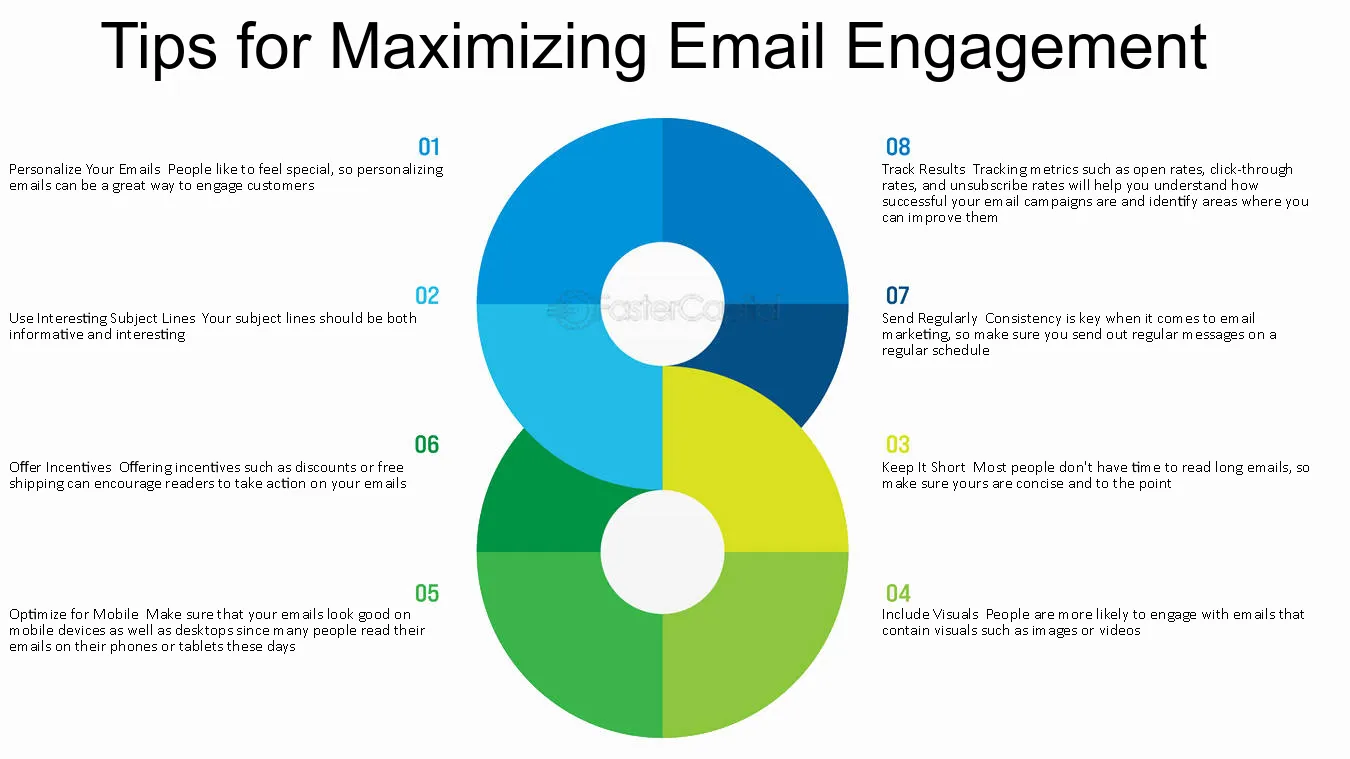
After successfully hooking your readers with an engaging opening, it’s essential to maintain their interest throughout the body of your email. The content itself should be clear, concise, and valuable, delivering your message without overwhelming the reader.
Why Clarity and Brevity Are Non-Negotiable
In a world where attention spans are dwindling, clarity and brevity are non-negotiable aspects of effective email copywriting. Aim to convey your message in as few words as possible while ensuring that your points are still fully articulated.
Long blocks of text can deter readers, causing them to skim or abandon your email altogether. Instead, focus on straightforward language that communicates your ideas succinctly. Remove any jargon or unnecessary complexities that could confuse your audience, ensuring that your content is accessible to all.
Structuring Emails for Easy Navigation
A well-structured email aids comprehension and keeps readers engaged. Utilize short paragraphs, ample white space, and visually appealing layouts to facilitate navigation. Subheadings and bullet points can break up sections, making it easier for readers to digest information quickly.
By guiding readers through the email narrative, you can maintain their interest and improve retention of the information presented. Additionally, a clear structure encourages readers to scan for highlights, ensuring that they don’t miss your key messages.
Enhancing Readability with Bullet Points and Subheadings
Bullet points are a powerful tool in enhancing readability. They allow for the efficient presentation of information, helping to emphasize key points without requiring lengthy explanations. Consider using bullet points for lists, benefits, or essential features that you want to highlight.
Subheadings can also act as signposts throughout the email, guiding readers through your content. They provide visual breaks and clarify the main themes, making it easier for readers to locate specific information they may be looking for.
Crafting Call-to-Actions (CTAs) That Convert
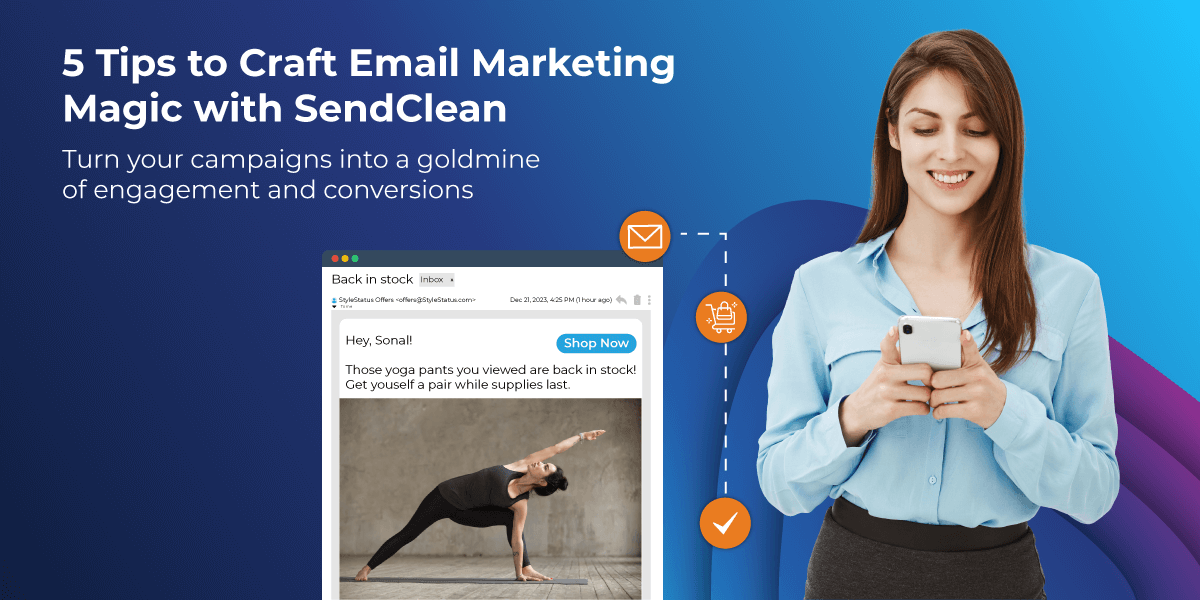
An effective email culminates in a strong call-to-action (CTA). This is your opportunity to drive reader behavior, directing them toward the next step you want them to take – whether it’s making a purchase, signing up for a webinar, or downloading a resource.
Key Elements of High-Impact CTAs
High-impact CTAs share specific characteristics that make them effective. Firstly, they should be action-oriented, utilizing strong verbs that compel readers to act now. Phrases like “Join Now,” “Get Started Today,” or “Claim Your Discount” create a sense of urgency.
Moreover, CTAs should be visually distinct from the rest of the email. Use contrasting colors, bold fonts, or buttons that stand out to draw attention. The goal is to make your CTA the focal point, so readers can’t miss it.
Additionally, ensure that your CTA aligns with the content of the email. A smooth transition from the email body to the CTA enhances the likelihood of conversion by maintaining context and relevance.
Optimal Placement and Design for CTAs
Placement is crucial when it comes to CTAs. Ideally, you want to include your primary CTA near the end of the email, following persuasive content that has led the reader to that point. However, consider including secondary CTAs earlier in the email for those who may wish to take action sooner.
Design-wise, opt for buttons over plain text links where possible. Buttons are more visually engaging and prompt higher click rates. Ensure that your CTA is mobile-friendly, as a significant portion of email opens occurs on mobile devices.
Testing and Refining CTAs for Better Results
Similar to subject lines, continual testing and refinement are essential for optimizing your CTAs. Experiment with wording, design, and placement to determine what resonates most effectively with your audience.
Analyze the performance of different CTAs through your email metrics, examining which versions yield the highest click-through rates. This data-driven approach enables you to make informed adjustments that can vastly improve the efficacy of your future campaigns.
Measuring Success and Improving Over Time

To truly master email copywriting techniques, you must measure your success and be willing to adapt your strategies. Continuous improvement rests on understanding your performance metrics and responding to feedback.
Tools to Track Email Performance Metrics
A variety of tools exist to help marketers track their email performance metrics. Platforms like Mailchimp, Constant Contact, and HubSpot provide analytic capabilities that allow you to monitor open rates, click-through rates, bounce rates, and more.
These metrics can inform your decision-making process. For instance, if you notice a particular trend – a spike in open rates during a certain timeframe – you can explore what factors contributed to that success and replicate them in future campaigns.
GoHighLevel is a powerful tool designed to simplify and optimize your email marketing efforts. With features like automated email sequences, customizable templates, and robust analytics, it helps businesses craft engaging email campaigns that drive results. Perfect for agencies and small businesses, GoHighLevel also integrates lead generation, CRM, and appointment scheduling, allowing you to manage your entire customer journey in one streamlined platform. By leveraging GoHighLevel, you can enhance email engagement, save time, and achieve your marketing goals more effectively.
Leveraging Audience Feedback to Refine Your Approach
Audience feedback is invaluable for refining your email strategy. Encourage responses from your readers, whether through surveys, direct replies, or social media interactions. Understanding their preferences, pain points, and desires can provide insights that help tailor your content more effectively.
Additionally, solicit feedback on specific elements of your emails, such as subject lines, content length, and design. This information can guide your future copy, ensuring alignment with your audience’s expectations.
Staying Ahead: Adapting to Email Marketing Trends
The digital landscape is constantly evolving, and staying ahead of trends is critical for continued success. Subscribe to industry newsletters, participate in webinars, and engage with marketing communities to remain informed about new developments in email marketing.
Look out for emerging practices, such as interactive emails or advancements in personalization technology. Adapting to these trends can place you ahead of the competition, positioning your brand as an innovator in email marketing.
Final Thoughts
Mastering the art of email copywriting is vital for creating meaningful engagement and achieving your marketing goals. By focusing on compelling subject lines, impactful openings, concise body content, and actionable CTAs, coupled with ongoing performance analysis, you can elevate your email campaigns and foster lasting connections with your audience.
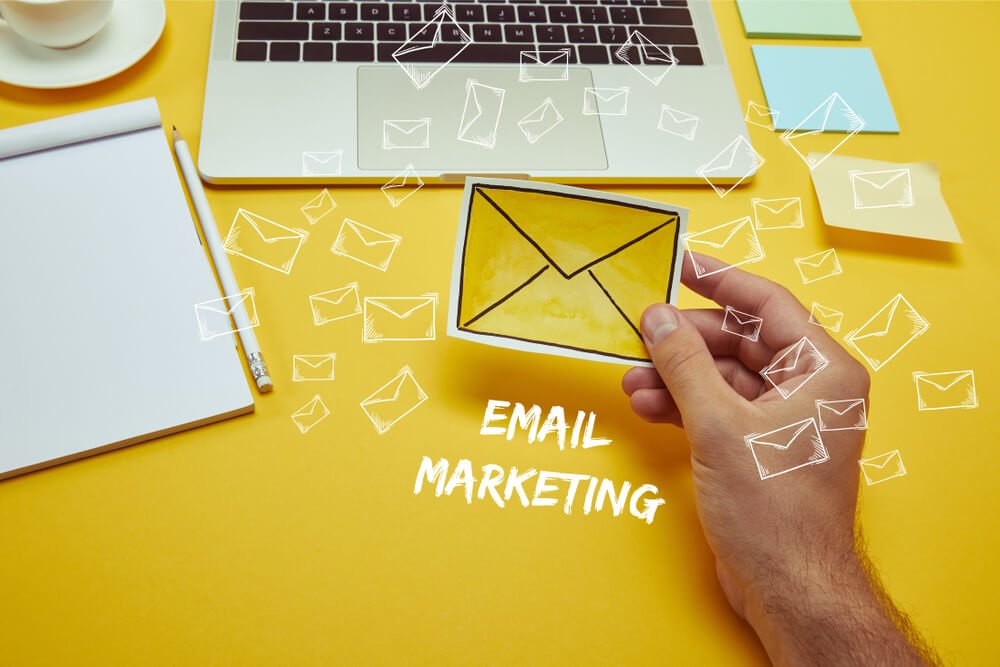
The journey to becoming an effective email copywriter involves constant learning, experimentation, and adaptation. Embrace the dynamic nature of the digital marketing landscape, and remember that each email sent is an opportunity to connect, engage, and ultimately grow your business. With the right techniques in your toolkit, you’ll unlock the secrets to successful email marketing, driving both engagement and conversions in today’s competitive market.
